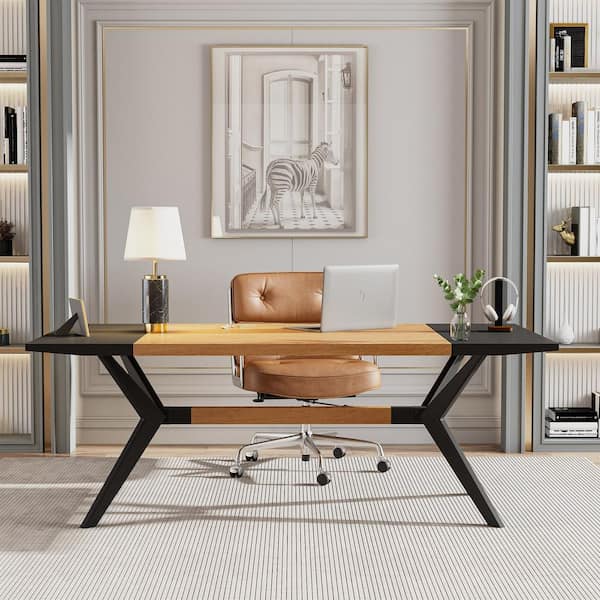Update Your Furnishings with Elegant Dining Room Table Legs
Update Your Furnishings with Elegant Dining Room Table Legs
Blog Article
A Comprehensive Look at Eating Table Leg Styles: Discovering the Suitable Match
Picking the appropriate table leg style is crucial for both visual charm and useful performance. Conventional four legs supply classic beauty and security, while the stand base offers enhanced legroom and a modern-day appearance. For those with bigger tables, trestle legs guarantee strong support, whereas barrette legs introduce a mid-century modern-day vibe with their minimalist style. The x-shaped legs blend modern style with boosted stability. Each of these alternatives brings distinct advantages, making the option more than simply a matter of choice. Explore additionally to discover which design perfectly matches your eating area and way of living.
Typical 4 Legs
Among the different types of dining table leg designs, the typical four-leg layout continues to be an ageless option for numerous homes. Four legs offer balanced support, guaranteeing the table remains stable and qualified of birthing considerable weight (dining room table legs).
From an aesthetic perspective, the typical four-leg layout can be quickly adapted to various indoor styles. Whether crafted from wood, steel, or a mix of materials, these legs can be intricately sculpted, smooth and minimalistic, or anything in between. Their versatility permits them to match both rustic and contemporary setups flawlessly.
Additionally, the straightforward framework of the four-leg style helps with convenience of motion and placement within an area. Unlike more facility bases, this style minimizes blockages, providing enough legroom for diners. In recap, the standard four-leg dining table leg design marries sustaining beauty with sensible performance, making it a sharp option for those looking for both type and feature in their dining furnishings.
Pedestal Base
Commonly celebrated for its classy and space-efficient design, the stand base is a distinguished option to the traditional four-leg setup in table leg styles. This distinct base generally includes a solitary central column sustaining the table top, which can vary in type, from ornately sculpted wood to smooth, modern-day metal. One of the main benefits of the pedestal base is its capability to make best use of legroom and seating flexibility. Without corner legs, restaurants are managed greater flexibility of activity, making it a perfect option for round and oblong tables that advertise more intimate and inclusive events.
In addition, the stand base's central support can manage considerable weight, permitting making use of larger table tops, such as marble or thick wood. This toughness combined with its visual flexibility makes the stand base a popular selection in both conventional and modern interior setups. It can flawlessly integrate with numerous style themes, from traditional sophistication to minimalist modernity. In addition, the main column itself offers a canvas for intricate layouts and artistic expressions, adding an element of aesthetic passion beneath the table. In summary, the stand base combines performance with style, making it a refined and practical next page alternative for diverse dining atmospheres.
Trestle Legs
Trestle legs provide a durable and classic foundation for dining tables, defined by their straight cross-bracing and durable assistance beams. Stemming from middle ages times, this style has developed yet retained its important framework, making it a perennial favorite in both traditional and contemporary setups. The main trestle light beam, usually sustained by 2 or more vertical blog posts, supplies remarkable security, enabling larger table lengths without the need for added legs.
A substantial advantage of trestle leg tables is the sufficient legroom they offer. Unlike tables with 4 edge legs, the lack of obstructions at the table's edges supplies unobstructed room for chairs and restaurants, boosting convenience and accessibility. This makes trestle tables optimal for accommodating larger events, whether in a dining-room or a reception hall.
The visual convenience of trestle legs is noteworthy. Offered in a range of products such as wood, metal, and composite, they can be finished to match a vast array of indoor designs. From rustic farmhouse to streamlined modern-day designs, trestle legs can be tailored to suit individual preferences. Their enduring appeal and functional benefits make trestle legs an engaging choice for those looking for both design and usefulness in their table.
Barrette Legs

The appeal of hairpin legs depends on their simpleness and adaptability - dining room table legs. Readily available in a variety of products, consisting of steel and brass, they can be completed in countless colors to match different indoor designs. Whether combined with a rustic wood tabletop or a contemporary glass surface area, barrette legs effortlessly mix functionality with a touch of vintage charm
Longevity is one more noteworthy feature of barrette legs. In spite of their delicate look, these legs are engineered to birth considerable weight, guaranteeing the dining table remains steady and secure. In addition, they are relatively easy to set up, making them a preferred option for do it yourself fanatics and professional furniture makers alike.
X-Shaped Legs

Created from materials such as steel, wood, or a mix of both, X-shaped legs can be tailored to match different design choices. Steel legs frequently provide a streamlined and industrial feeling, perfect for loft-style houses and contemporary eating spaces. On the other hand, wood X-shaped legs offer a warmer, much more rustic allure, ideal for farmhouse or eclectic interiors. The convenience in materials allows house owners to tailor their reference table to better fit their total style plan.
Furthermore, the engineering behind X-shaped legs makes sure also weight circulation, minimizing the risk of wobbling and enhancing sturdiness. This makes them especially appropriate for bigger table that need extra assistance. Essentially, X-shaped legs mix functional design with contemporary aesthetics, making them a timeless choice for diverse eating settings.
Verdict
An extensive understanding of eating table leg designs reveals the distinctive attributes and benefits of each layout. Trestle legs make sure robust assistance for larger tables, and barrette legs introduce a mid-century modern-day aesthetic.
Report this page